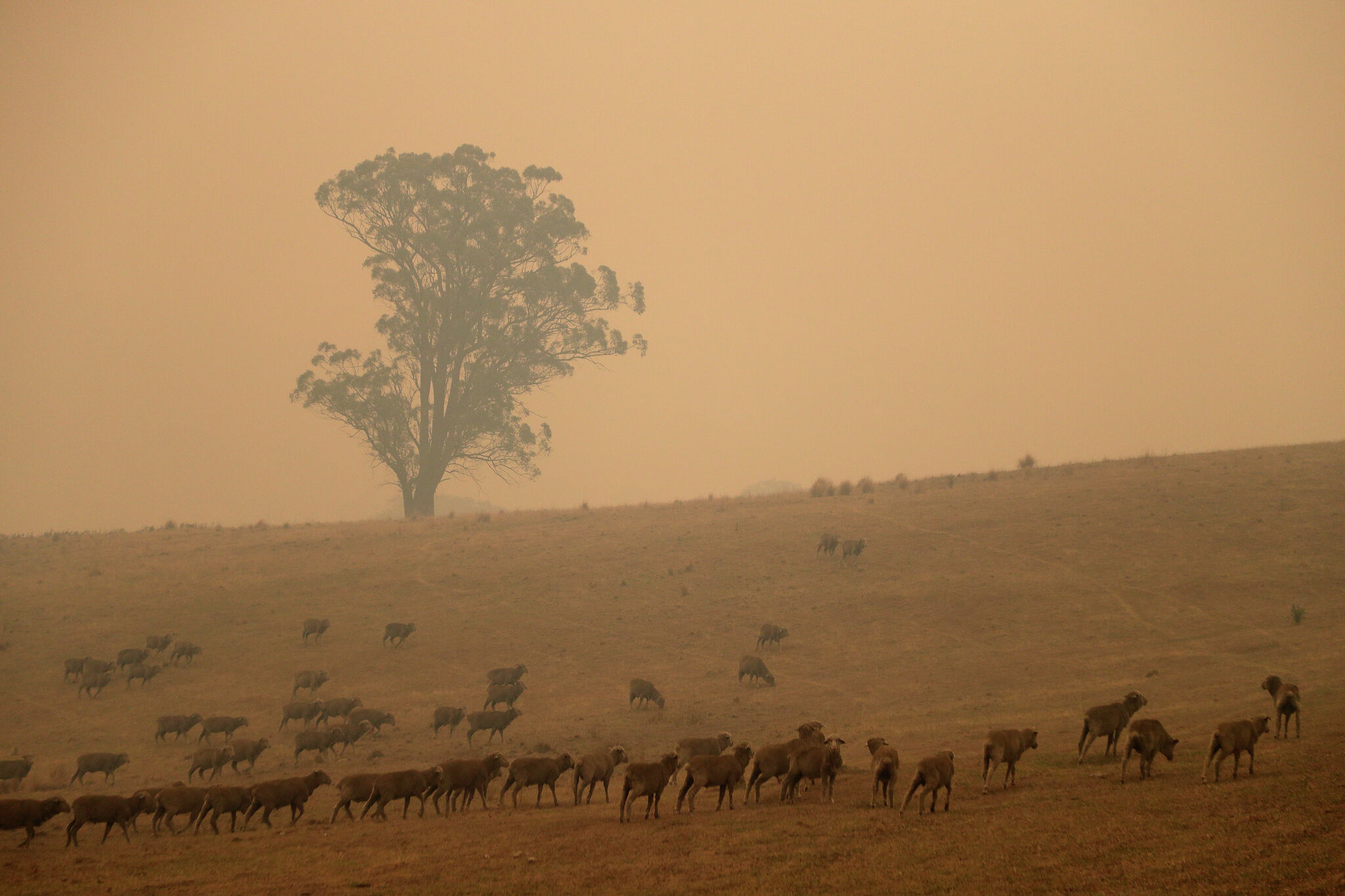Research published Wednesday suggests that the drought and its preceding climate conditions have an unlikely driver: the Australian bushfires of 2019 and 2020.
According to the groundbreaking study, massive wildfires thousands of miles away spewed so much smoke that they triggered a chain of events in the atmosphere that eventually cooled the tropical Pacific Ocean and precipitated the formation of the La Niña weather pattern. La Nina, which has stuck around for an unusual three winters, is associated with drought across California.
“There are many links in this chain but it’s really quite interesting and unexpected,” John Fasullo, a climate scientist at the National Center for Atmospheric Research and lead author of the new paper, told The Chronicle. “Yes, fire played a role in the induction and duration of the drought.”
The research was funded by NASA, the US Department of Energy and the US National Science Foundation and was published in the journal Science Advances.
The findings don’t help explain the unexpected emergence of La Niña in September 2020 — federal forecasts came in a bit early — and its persistence into this year. Research suggests wildfire emissions can help predict future La Niñas and droughts.
La Niña is the cooler phase of a recurring climate cycle in the tropical Pacific, known as the El Niño-Southern Oscillation, that influences climate around the globe. It is commonly used by forecasters to predict weather conditions months in advance. El Nino – which is forecast to return strongly this year with its corresponding impact on climate – is a warm phase.
While neither phase guarantees what weather will arrive, La Niña’s colder waters could push the jet stream northward, winter storms from the Pacific will leave much of California dry, and the southwestern US relatively dry. El Nino can have the opposite effect, bringing more storms to the state.
Using computer simulations, Fasullo and his colleagues showed that emissions from more than 40 million acres burned in wildfires in Australia three years ago indicated an El Niño-La Niña cycle.
According to the modelling, aerosols spread significantly across the Southern Hemisphere and cause clouds to become thicker and brighter, reflecting heat and cooling the region. This, in turn, changed the trade winds, resulting in cooler water in the tropical Pacific, leading to the development of La Niña.
The research team’s models confirmed that the fires played a role in strengthening La Niña conditions for two years. The researchers did not model La Niña’s third year, assuming the phenomenon would not last, although their results indicate that smog continues to influence atmospheric conditions.
California’s three-year drought coincided with this rare “triple-dip” La Niña. The National Oceanic and Atmospheric Administration officially declared La Nina in March this year, after historic amounts of rain and snow lashed the state, bringing an abrupt end to the drought.
During an exceptionally dry period, rivers and reservoirs ran low and many cities and farms were forced to ration water supplies. Some communities were left without water at all. Salmon runs suffered, bird migration was thrown off and forests suffered tree dieback.
Fasullo and his colleagues are currently working to see if wildfires, Australian bushfires, droughts, including La Niña and worldwide climate, can be affected in North America and elsewhere.
Reach Kurtis Alexander: kalexander@sfchronicle.com Twitter: @kurtisalexander
#Californias #catastrophic #threeyear #drought #surprising #trigger





